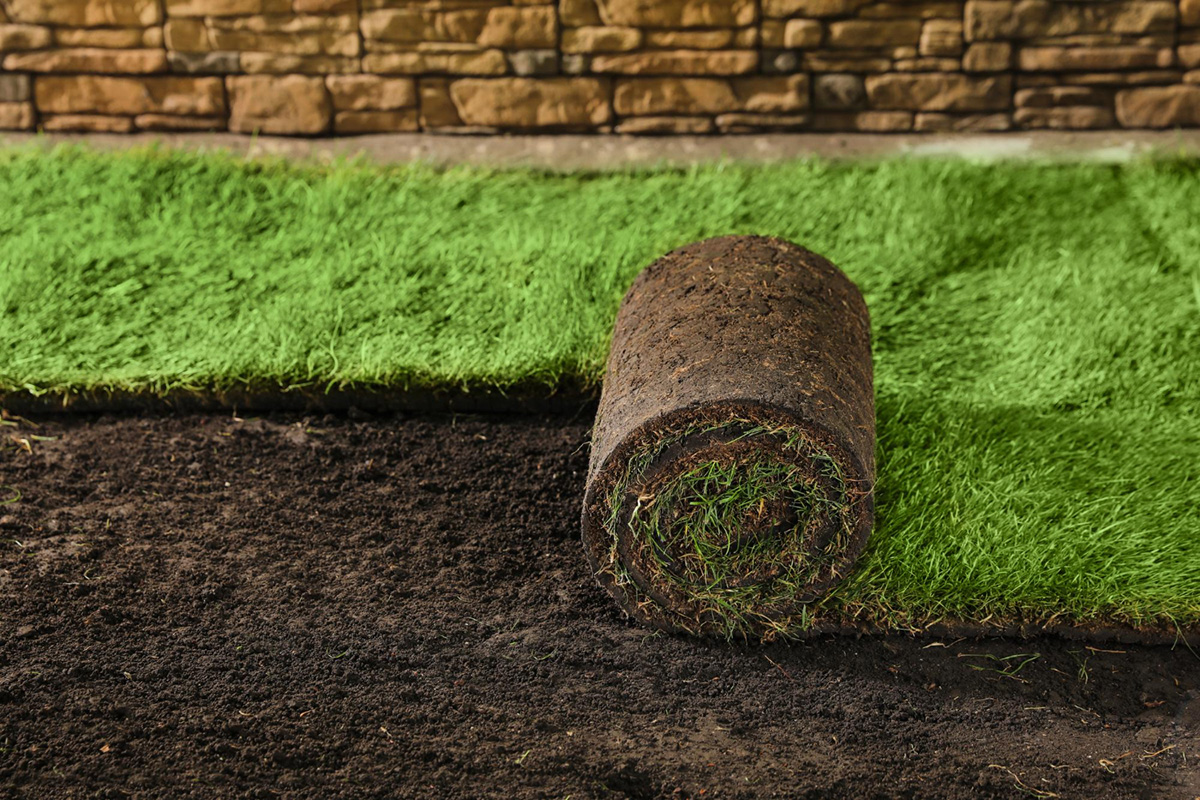Newly Installed Sod: A Guide to Proper Care

Whether you reside in Central Florida or any other county/state, giving special attention and care to newly installed sod is crucial, particularly within the first four weeks. Regardless of whether you personally laid the grass or hired professionals for the job, following these steps and tips is of utmost importance to safeguard your investment. We will discuss chemical treatment and frequency, water scheduling, as well as optimal mowing practices.
Every step in this process is vital, and skipping or rushing through any of them can have detrimental effects on the sod. It's essential to be attentive and diligent. While it's true that caring for new grass often requires ample water, let us remember to show respect to our rivers and aquifers by using water responsibly. Please refer to the following guide for comprehensive instructions on caring for newly installed sod.
Proper Care Steps for New Sod Installations
After the sod installation, it is crucial to follow these steps to maintain its speed and performance over time. The first step is to arrange an initial chemical treatment for the grass within the first five days of installation. For optimal results, we recommend completing this treatment within three days. While many homeowners may attempt this themselves, we highly recommend using a professional fertilization service for the first treatment, especially for sod companies that offer a 30-day guarantee.
The initial treatment includes a double shot of micro-nutrients to promote root development and a fungicide to protect against potential fungal issues. During the first four weeks, it is important to water the sod frequently, which increases the risk of fungal growth. Fungus is more likely to occur during the summer months when moisture and temperatures are at their peak, so be vigilant during this season.
As a general practice, wait 15 to 30 days after the liquid treatment before applying a granular fertilizer. If you decide to fertilize on your own, be cautious not to over-apply fertilizers, as this can potentially damage the root system and cause the grass to die. We recommend a bi-monthly liquid treatment and a granular treatment 2-3 times a year going forward. For weed treatments and other applications, consult your local do-it-yourself supply center.
Proper Watering for New Sod
The second step is to establish a watering schedule once the sod has been installed. The goal is to keep the soil underneath the sod consistently moist during the first 3-5 weeks. Follow the schedules below and make adjustments based on signs of drought or over-watering. Signs of drought include folded grass blades, graying grass color, or dry soil underneath the sod. Signs of over-watering, which can lead to fungal issues, include puddling, soil appearing on top when stepped on, or footprints remaining after stepping in the area.
Check underneath the sod pieces daily during the first week to adjust the watering schedule if needed. Set each pop-up zone (continuous spray in specific areas) for 30-35 minutes and the rotors (jet stream that rotates from side to side) for 45-60 minutes. Make proper adjustments if there is too much or too little water reaching the ground. Each zone should produce 3/4" - 1" of water during each watering cycle. In the presence of moderate to heavy rainfall, turn off the irrigation system.
Watering Schedule Week by Week for New Sod
During the first 7-14 days, water 5-6 days a week, once a day, between 3 am and 7 am in late spring, early fall, and summer months. Water every day if the soil is dry in the early evening or if there has been no rainfall for a while. Start with 5 days a week to prevent over-watering.
During the first 7-14 days, water 4-5 days a week, once a day, between 3 am and 7 am in late fall, early spring, and winter months. Increase watering to every day if the soil is dry in the evening or if there has been no rainfall for a while. Avoid watering at night when temperatures drop below 45 degrees Fahrenheit, as it can stunt root development and potentially damage the grass permanently. Remember to shut off the system on these nights.
From days 14-28, reduce watering to once a day, 2-4 days a week, starting at 3 am. Increase the number of watering days as needed. After the 28-day period, check your local watering laws and adhere to their limits while resuming normal watering scheduling.
Mowing Guidelines for New Sod
When is the best time to start mowing? You can begin mowing once the root system of the sod is established. To check if the root system is established, gently tug a piece of sod to see if it lifts up. If it remains in place, you are ready to start mowing. Generally, this takes 7-14 days.
If the lines from the sod installation are still visible, there's no need to worry as this is normal. The goal is to avoid removing more than a third of the grass during each mow. For the first mow, set the mower height at the highest possible setting. Gradually lower the mowing height with each subsequent mow until you reach the desired height. Refer to your grass-specific guidelines for the recommended mowing height.